A new museum near Shanghai celebrates Chinese cultural history
Chinese architecture studio Horizontal Design is behind the design of the new Zhang Yan Cultural Museum, a contemporary building inspired by the past
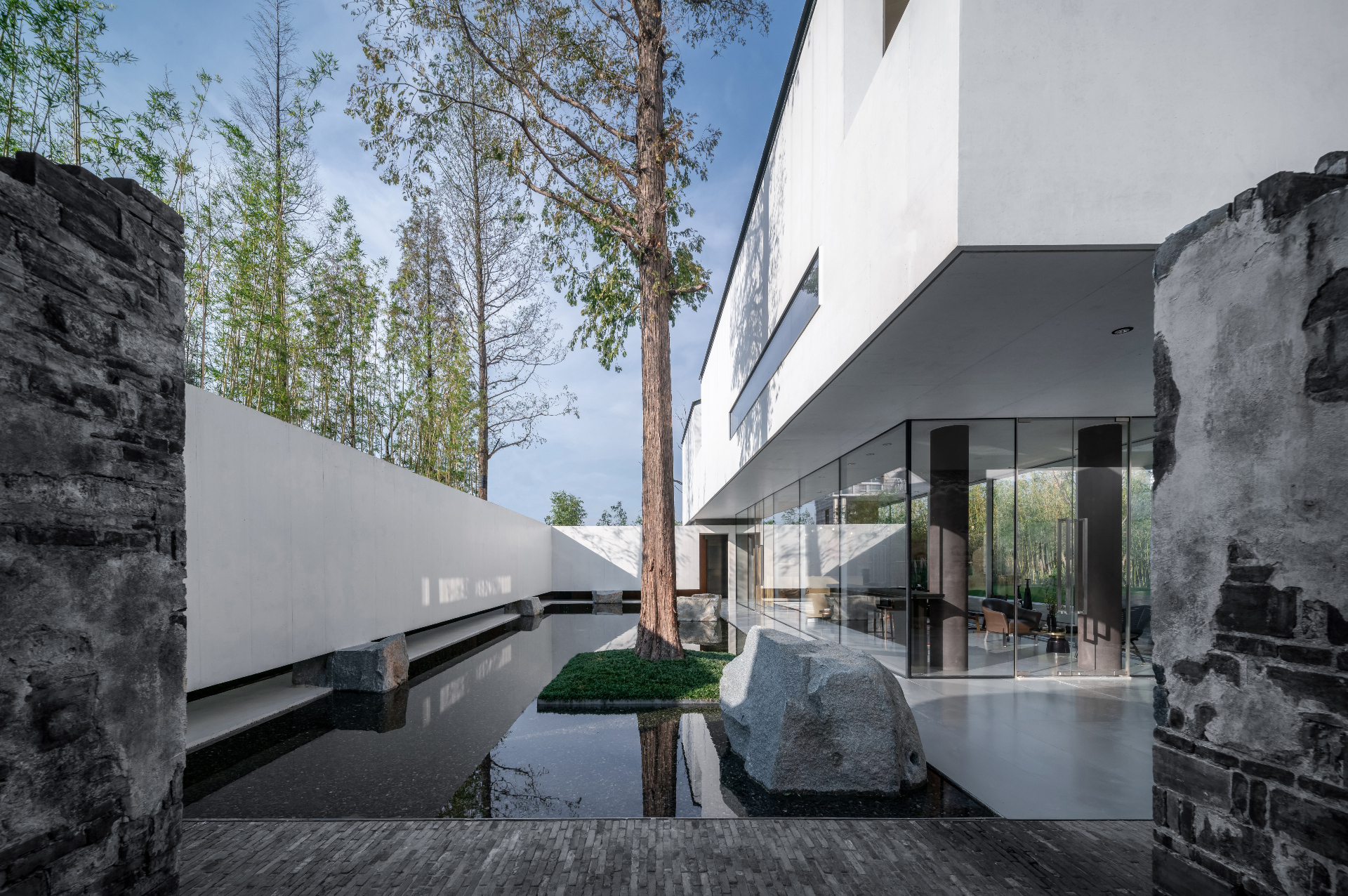
In the suburbs of Shanghai, in Chonggu Town, a new museum celebrates the birthplace of Shanghai's ancient culture and the history of the Fuquan Mountain culture. Working within the remains of historic architecture, Shenzhen based architecture studio Horizontal Design carefully balanced renovation with new building design to create a voluminous collection of concrete forms that organically grows from the existing historic architecture.
Recently, efforts have been made to restore and revive the Zhang Yan Village, which dates back to the Tang and Song dynasties and appears in Chinese literature and cultural history. Across the village, new design projects are taking place to embrace its past, while updating it for contemporary uses too, so old and new can co-exist.

To start their design process for the museum, the architects researched and analysed the existing site. Several structures – the Village History Hall and the dilapidated Zhang Family’s House – formed the starting point for the new design, and closely neighbouring buildings such as a local temple, defined the spatial and aesthetic qualities of the design too.
On the site was a former family home dating back to the Qing dynasty. While it was in a state of disrepair, the architects chose to preserve what was left, and built a respectful addition to create one of the exhibition halls on the same footprint. The new architecture was slightly offset, so it appears to float within the ruin. The design follows the traditional atrium typology with inward sloping roofs, echoing the life of the former structure.

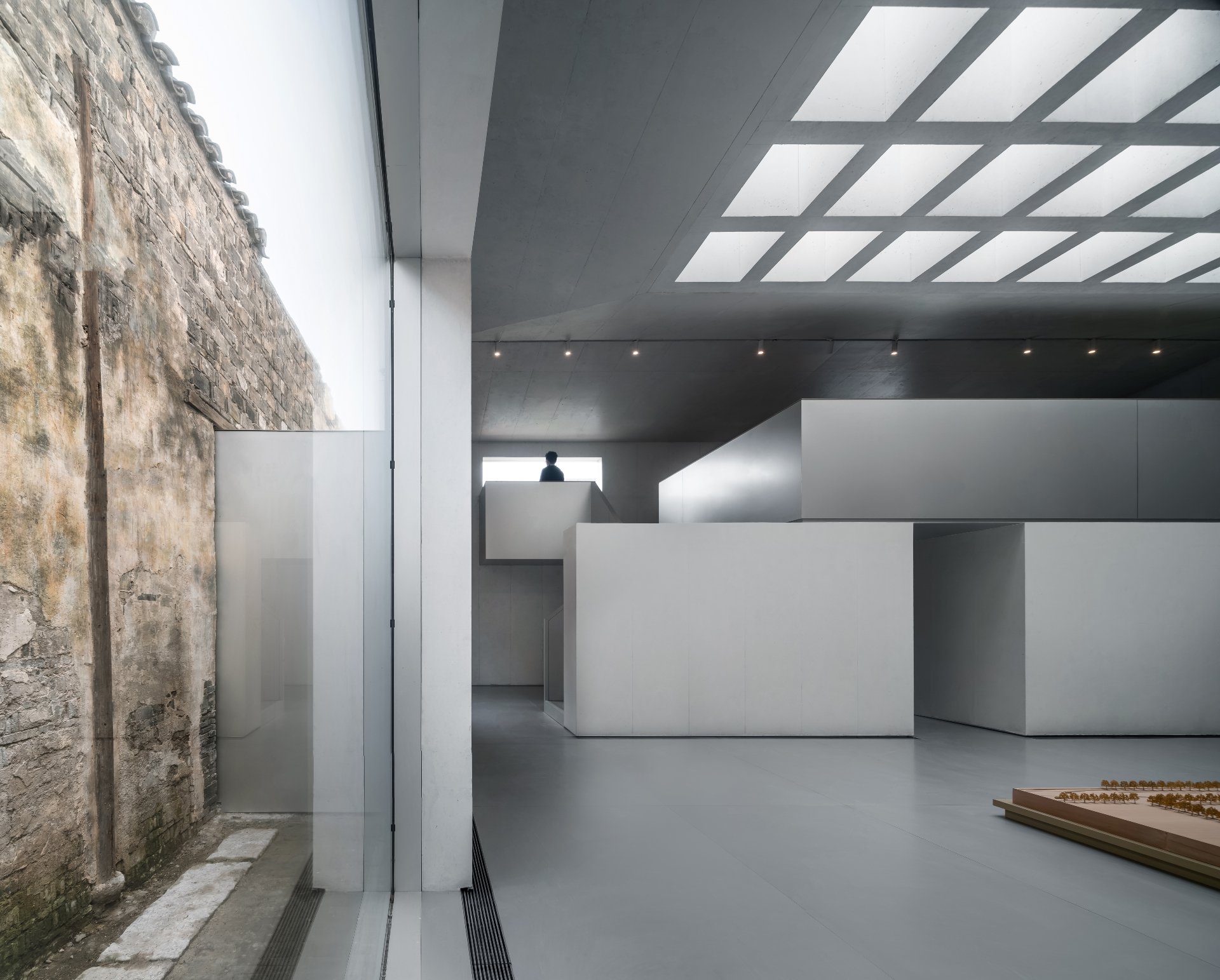
The better preserved Village History Hall was given a full renovation – the wooden load-bearing structure was repaired and revealed and partition walls were removed, so the original atrium space can again be celebrated. An anodized aluminium flooring, chosen to resist humidity, was laid throughout the exhibition halls, so there is consistency throughout the museum.
Further research revealed another historic building to the north, so a third exhibition hall was built on this footprint. Anodized aluminium was used for the flooring and ceiling, so this space feels more contemporary than the first two spaces.
Between the new volumes, bamboo plants and a water feature create a calming oasis for the community to enjoy. A grey brick masonry wall encloses the space forming a sheltered courtyard.
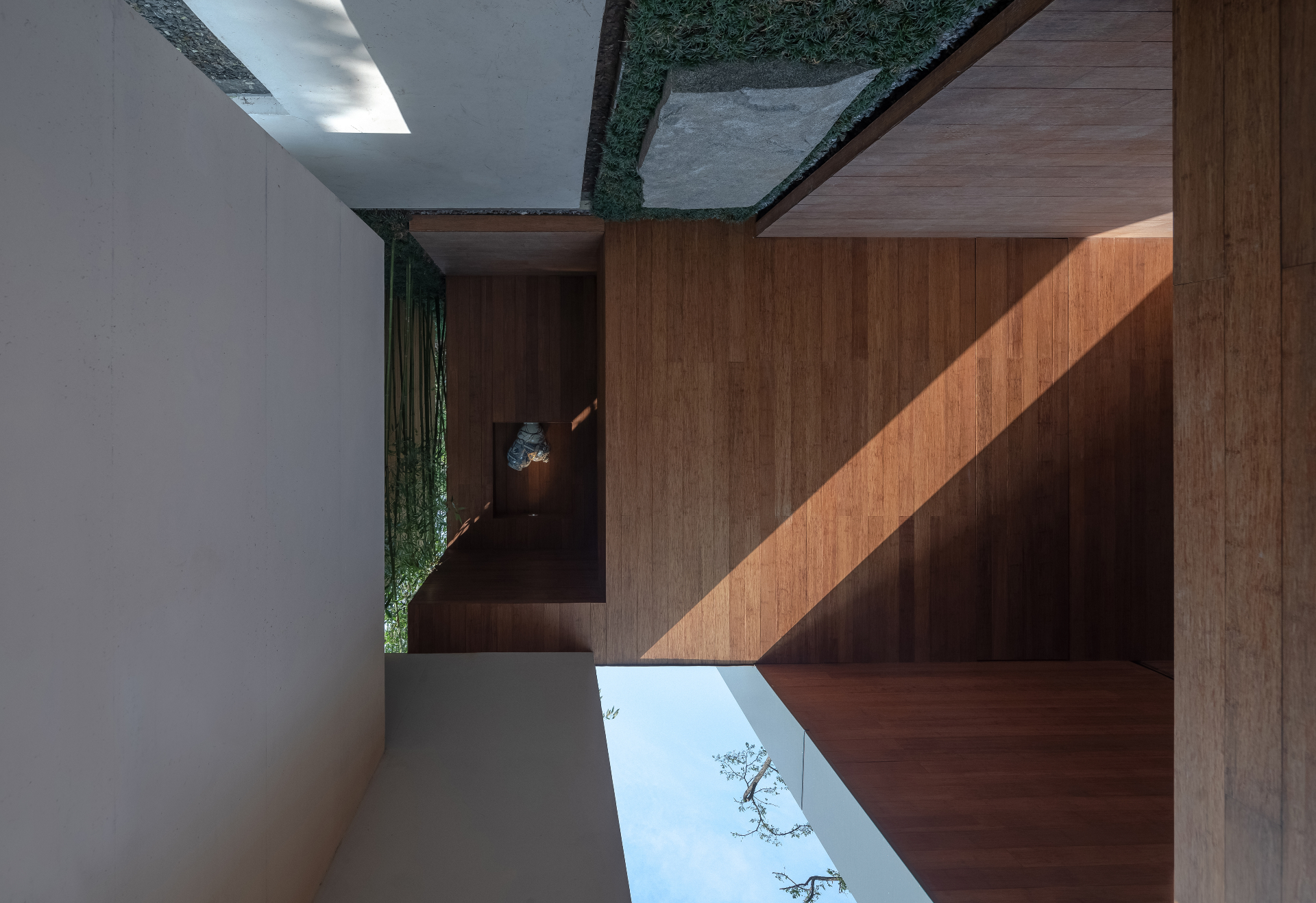


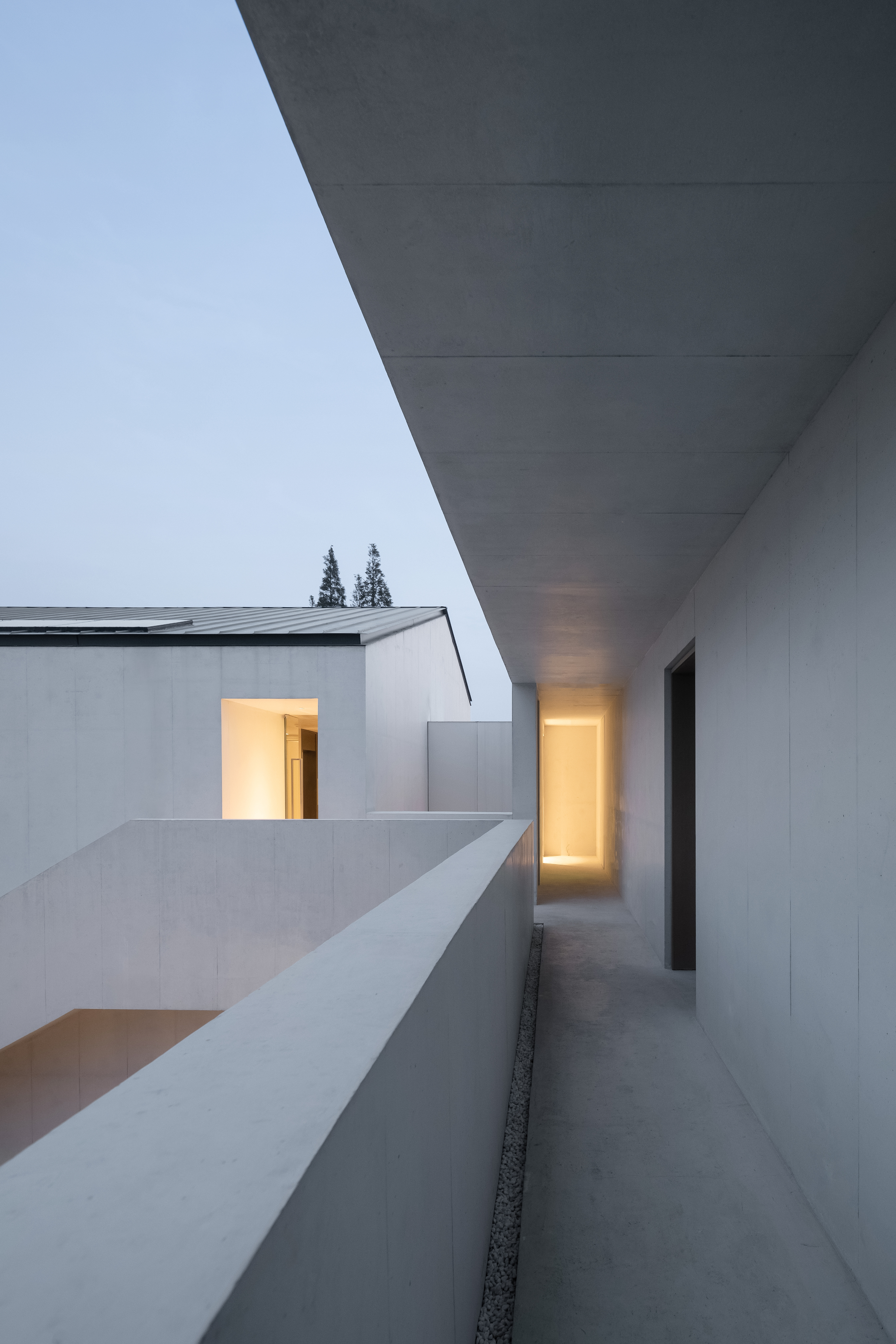
Receive our daily digest of inspiration, escapism and design stories from around the world direct to your inbox.
Ellie Stathaki is the Architecture & Environment Director at Wallpaper*. She trained as an architect at the Aristotle University of Thessaloniki in Greece and studied architectural history at the Bartlett in London. Now an established journalist, she has been a member of the Wallpaper* team since 2006, visiting buildings across the globe and interviewing leading architects such as Tadao Ando and Rem Koolhaas. Ellie has also taken part in judging panels, moderated events, curated shows and contributed in books, such as The Contemporary House (Thames & Hudson, 2018), Glenn Sestig Architecture Diary (2020) and House London (2022).
-
 Each mundane object tells a story at Pace’s tribute to the everyday
Each mundane object tells a story at Pace’s tribute to the everydayIn a group exhibition, ‘Monument to the Unimportant’, artists give the seemingly insignificant – from discarded clothes to weeds in cracks – a longer look
-
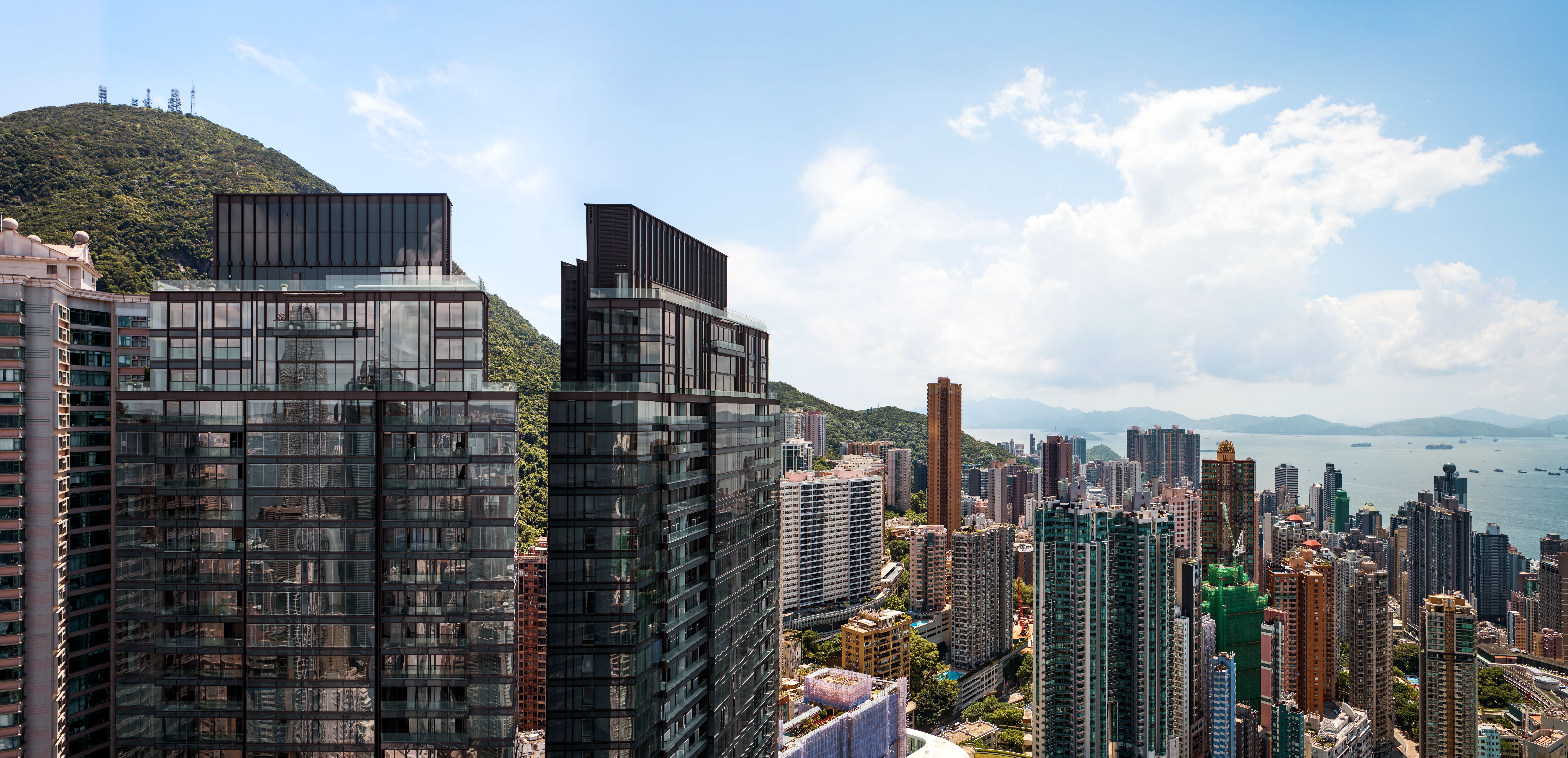 Discover The Legacy, Hong Kong’s eye-catching new condo
Discover The Legacy, Hong Kong’s eye-catching new condoThe Legacy, by ACPV Architects Antonio Citterio Patricia Viel, is a striking new condo tower that aims to ‘create a sense of community and solidarity among people’
-
 In BDSM biker romance ‘Pillion’, clothes become a medium for ‘fantasy and fetishism’
In BDSM biker romance ‘Pillion’, clothes become a medium for ‘fantasy and fetishism’Costume designer Grace Snell breaks down the leather-heavy wardrobe for the Alexander Skarsgård-starring Pillion, which traces a dom/sub relationship between a shy parking attendant and a biker
-
 Wang Shu and Lu Wenyu to curate the 2027 Venice Architecture Biennale
Wang Shu and Lu Wenyu to curate the 2027 Venice Architecture BiennaleChinese architects Wang Shu and Lu Wenyu have been revealed as the curators of the 2027 Venice Architecture Biennale
-
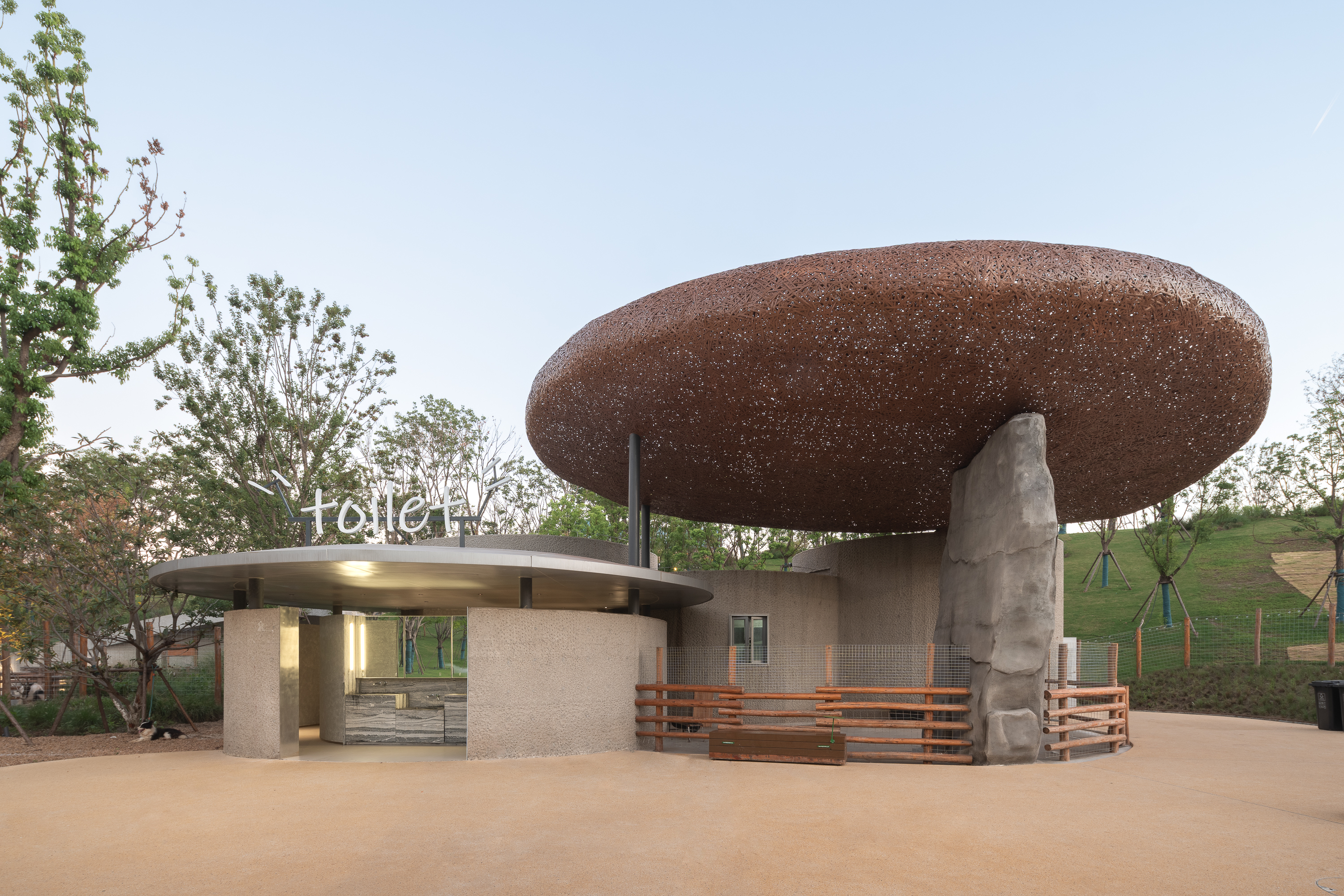 Tour this Chinese eco-farm, an imaginative wonderland connecting visitors with nature
Tour this Chinese eco-farm, an imaginative wonderland connecting visitors with natureLuxeIsland Farm by Various Associates is an eco-farm and visitor attraction in China’s picturesque Wuhan region; take a stroll across its fantastical landscape
-
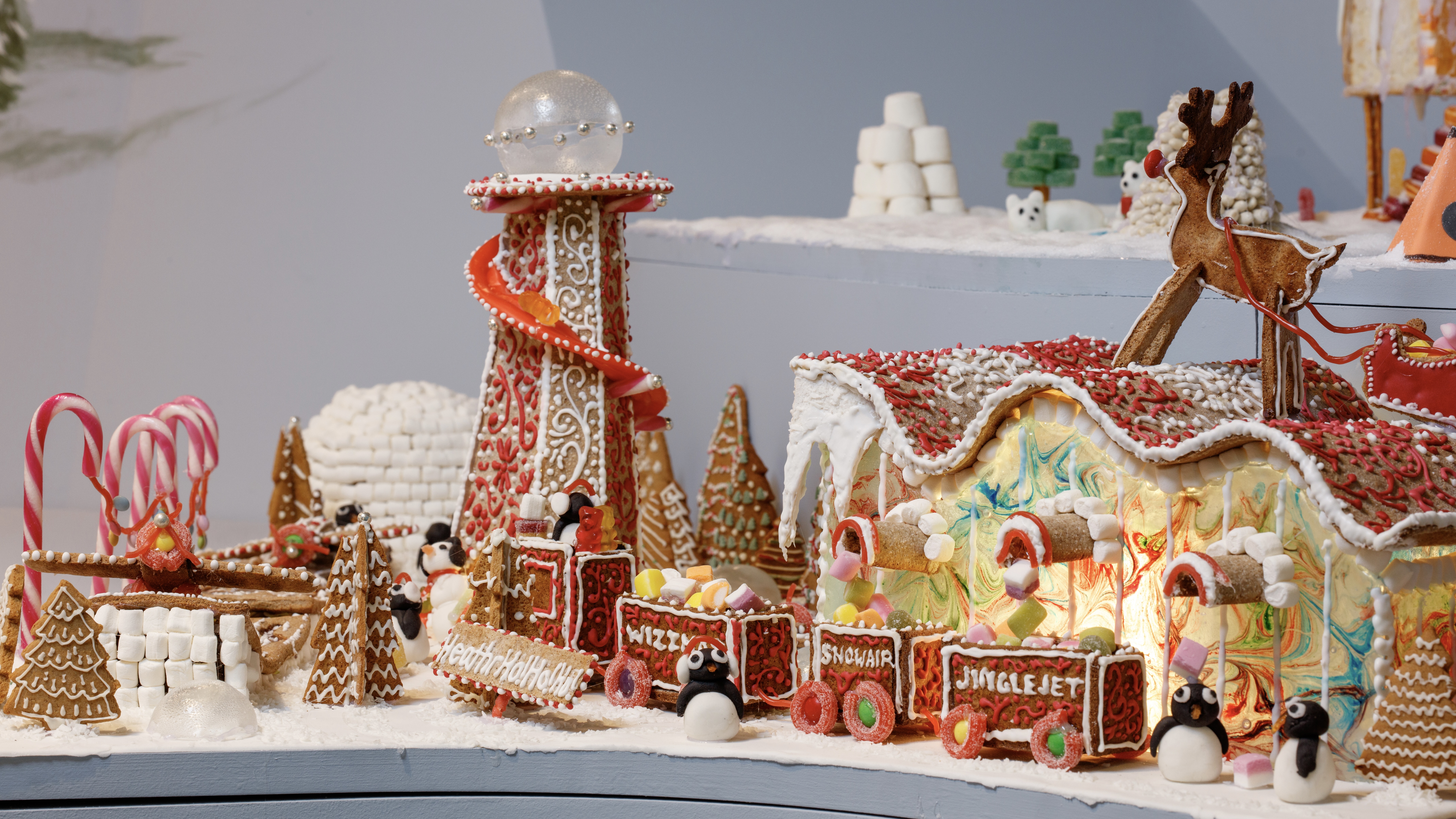 Welcome to The Gingerbread City – a baked metropolis exploring the idea of urban ‘play’
Welcome to The Gingerbread City – a baked metropolis exploring the idea of urban ‘play’The Museum of Architecture’s annual exhibition challenges professionals to construct an imaginary, interactive city entirely out of gingerbread
-
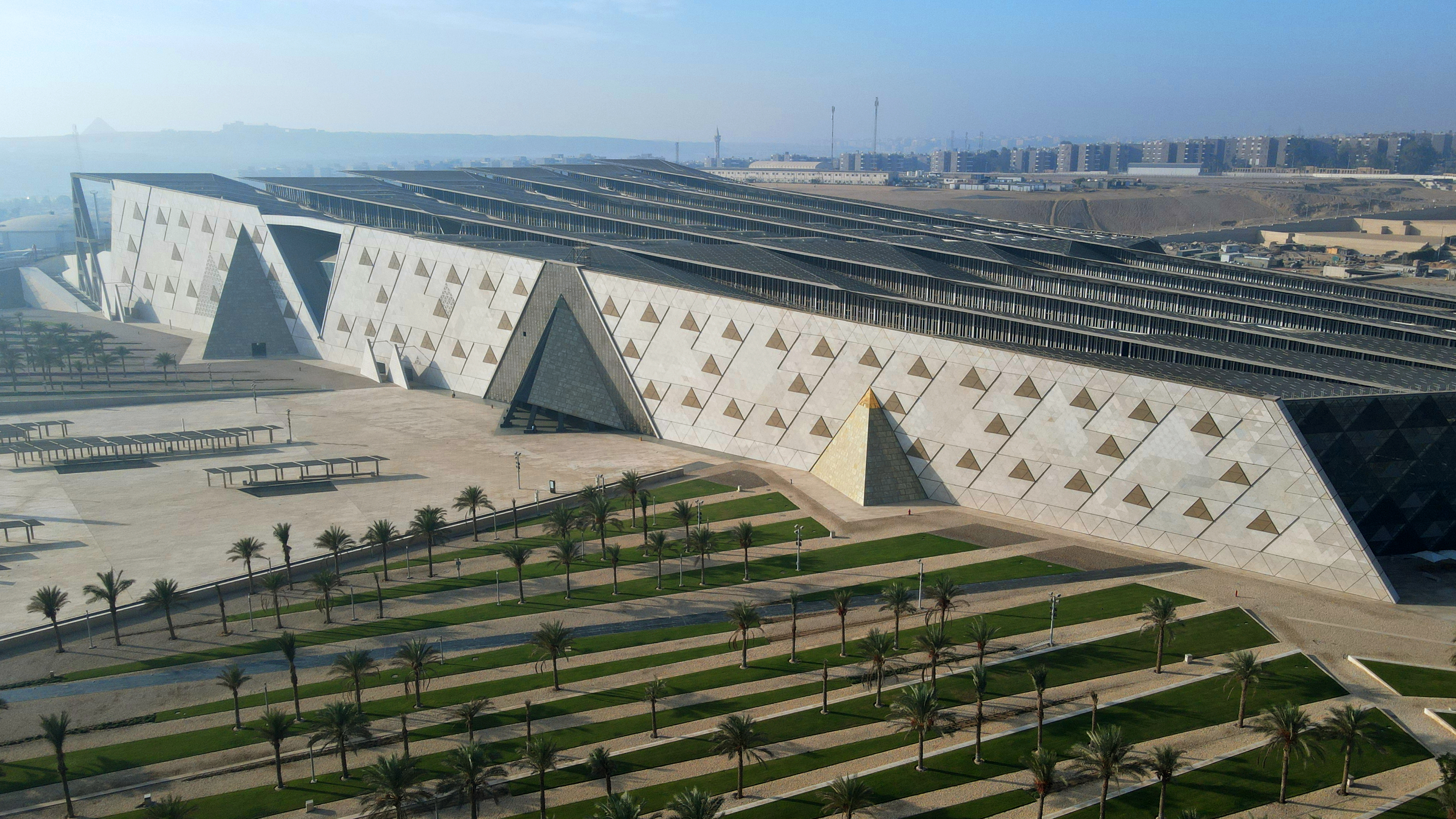 The Grand Egyptian Museum – a monumental tribute to one of humanity’s most captivating civilisations – is now complete
The Grand Egyptian Museum – a monumental tribute to one of humanity’s most captivating civilisations – is now completeDesigned by Heneghan Peng Architects, the museum stands as an architectural link between past and present on the timeless sands of Giza
-
 Honouring visionary landscape architect Kongjian Yu (1963-2025)
Honouring visionary landscape architect Kongjian Yu (1963-2025)Kongjian Yu, the renowned landscape architect and founder of Turenscape, has died; we honour the multi-award-winning creative’s life and work
-
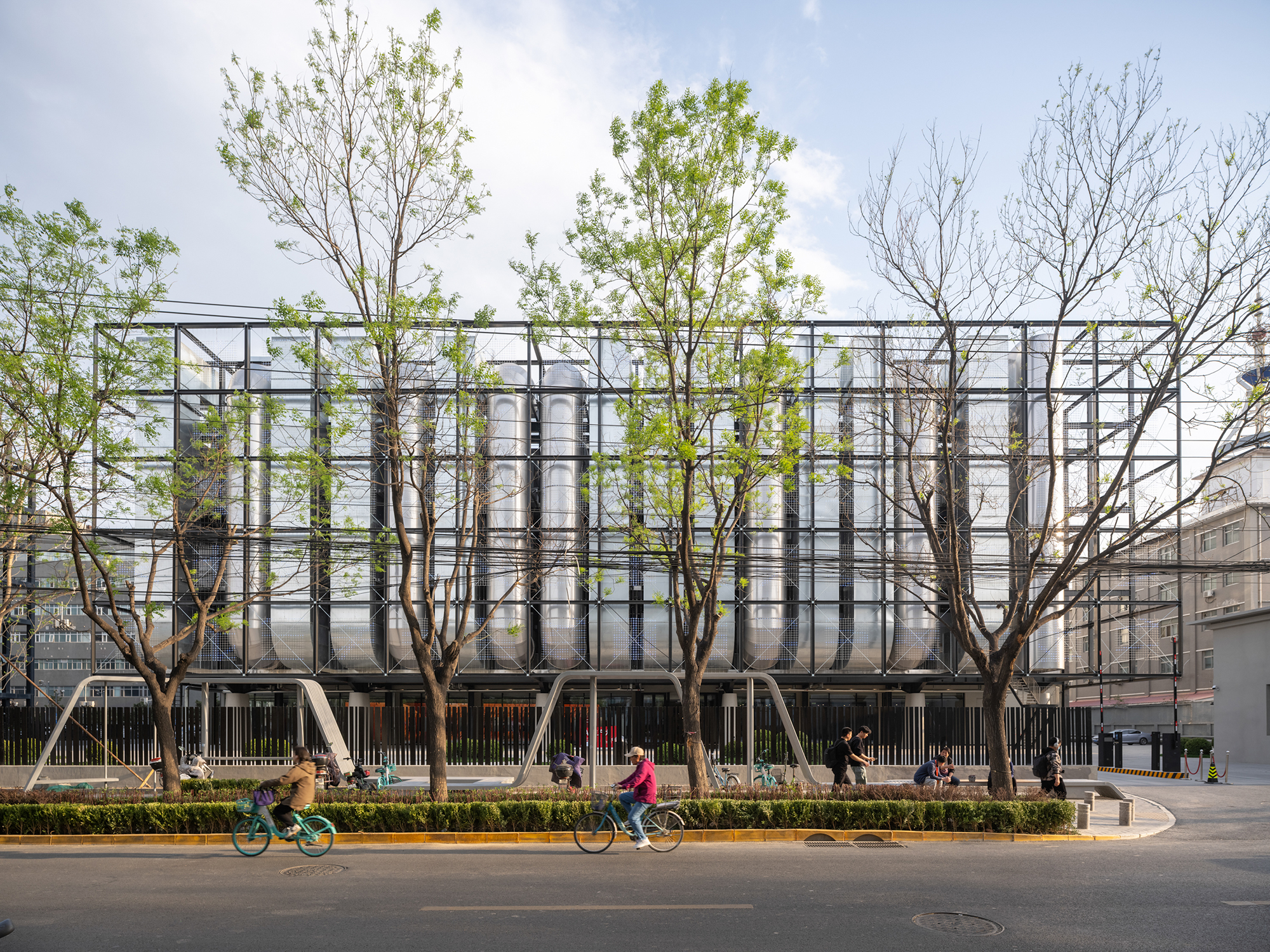 A new AI data centre in Beijing is designed to evolve and adapt, just like the technology within
A new AI data centre in Beijing is designed to evolve and adapt, just like the technology withinSpecialised data centre Spark 761, designed by llLab, is conceived as a physical space where humans and AI technology can coexist
-
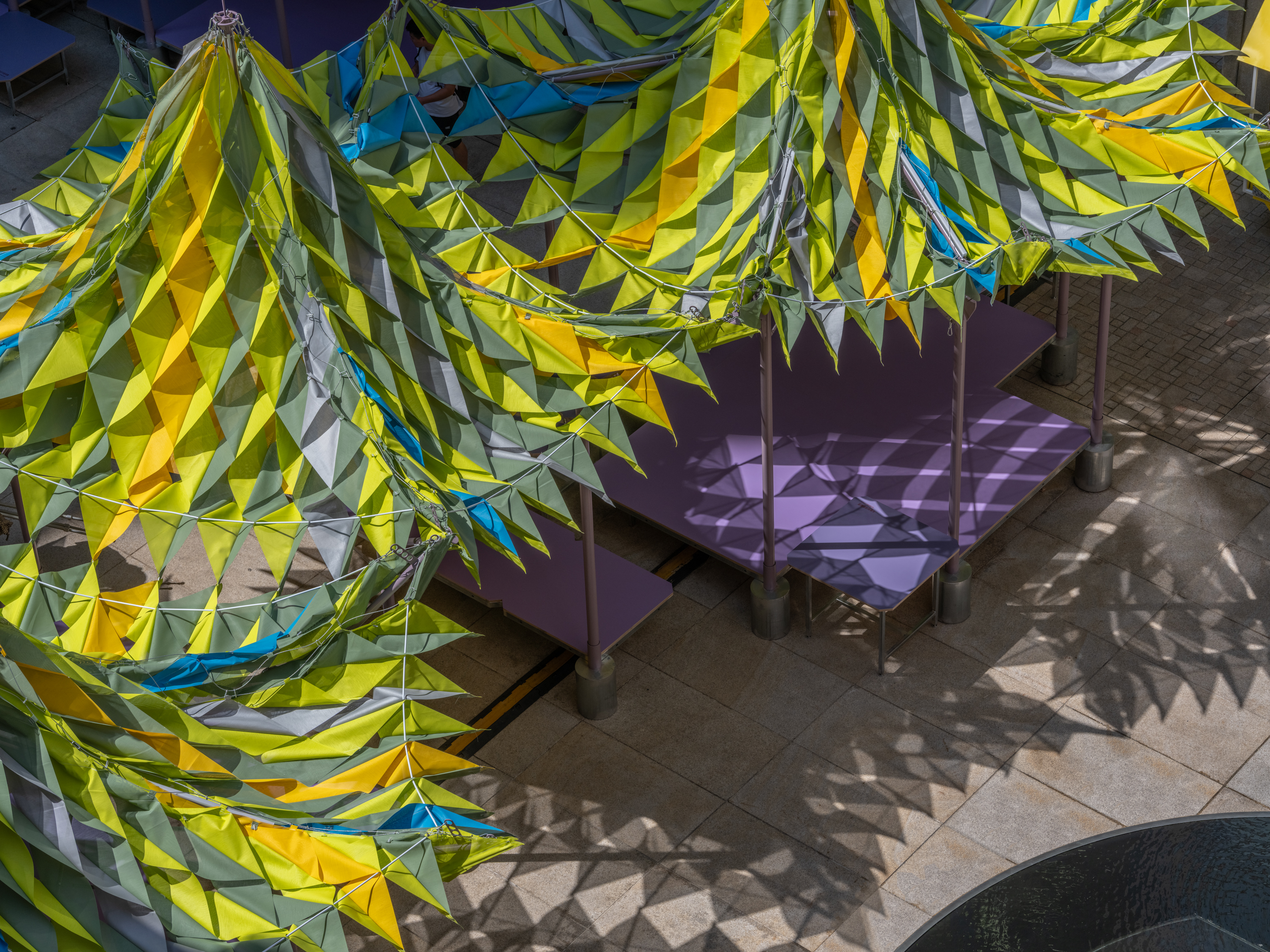 Shanghai’s biennial, RAMa 2025, takes architectural exploration outside
Shanghai’s biennial, RAMa 2025, takes architectural exploration outsideRAMa 2025, the architecture biennial at Rockbund Art Museum in Shanghai, launches, taking visitors on a journey through a historic city neighbourhood – and what it needs
-
 Atelier About Architecture’s ‘house within a house, and garden within a garden’
Atelier About Architecture’s ‘house within a house, and garden within a garden’House J in Beijing, by Atelier About Architecture, is an intricate remodelling complete with a hidden indoor garden and surprising sight lines